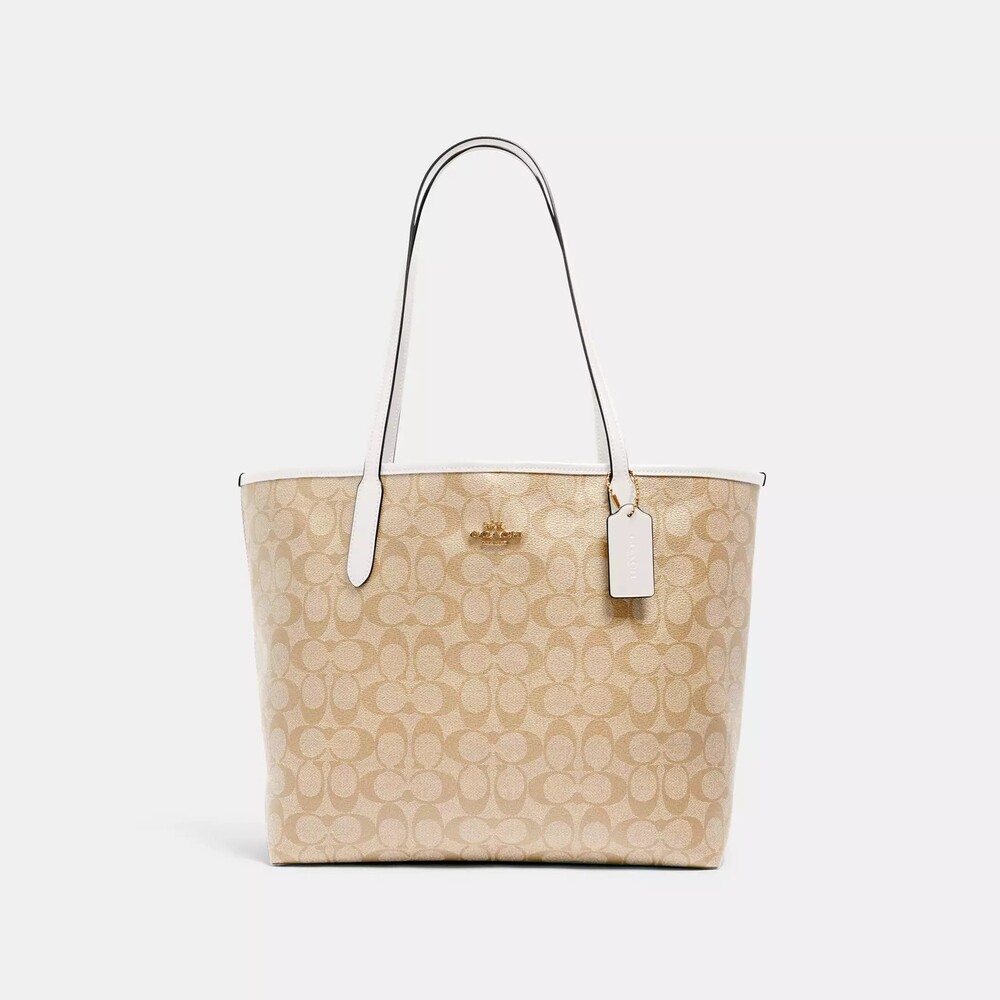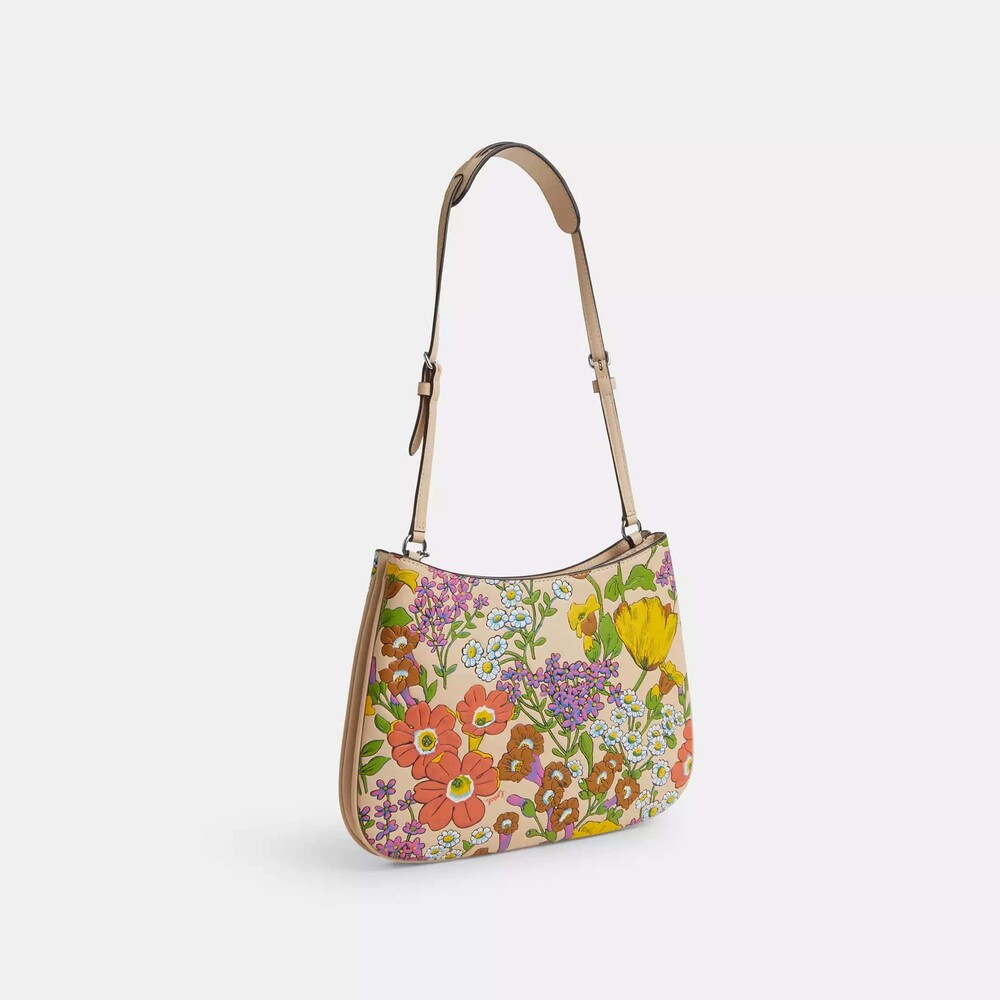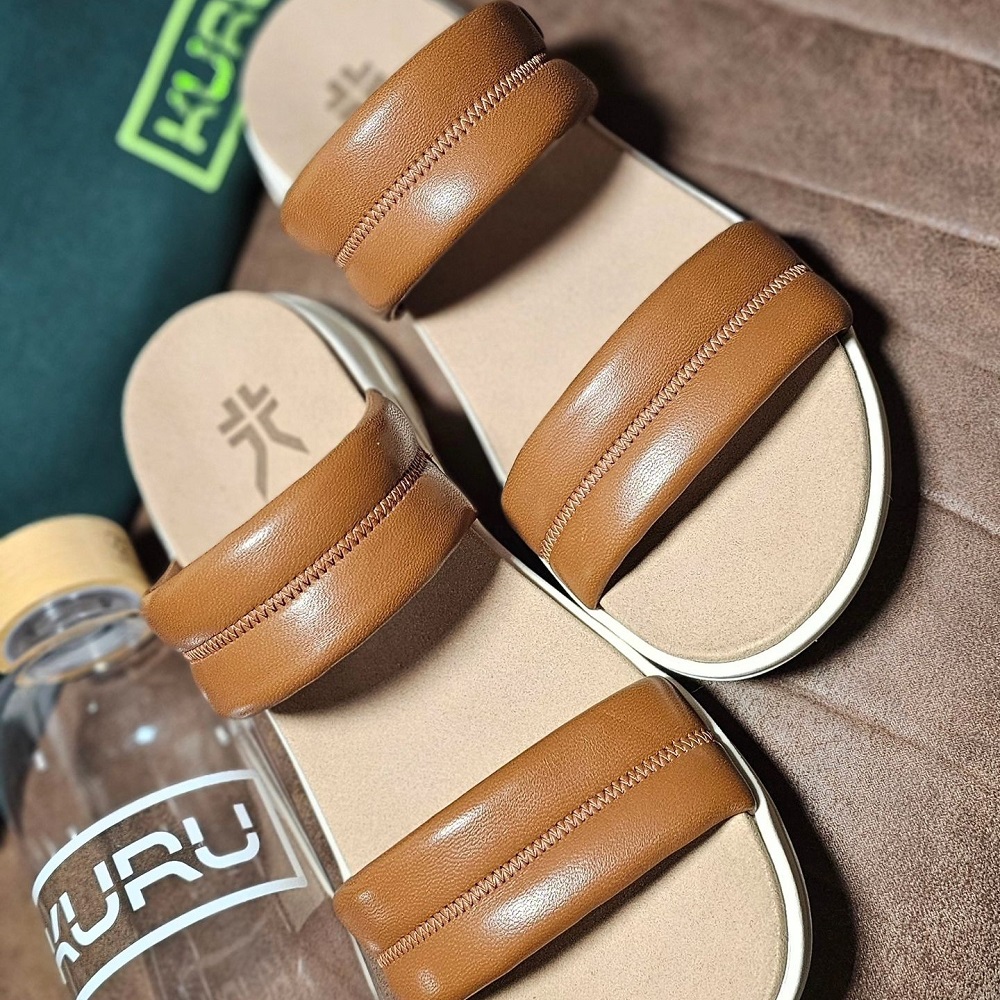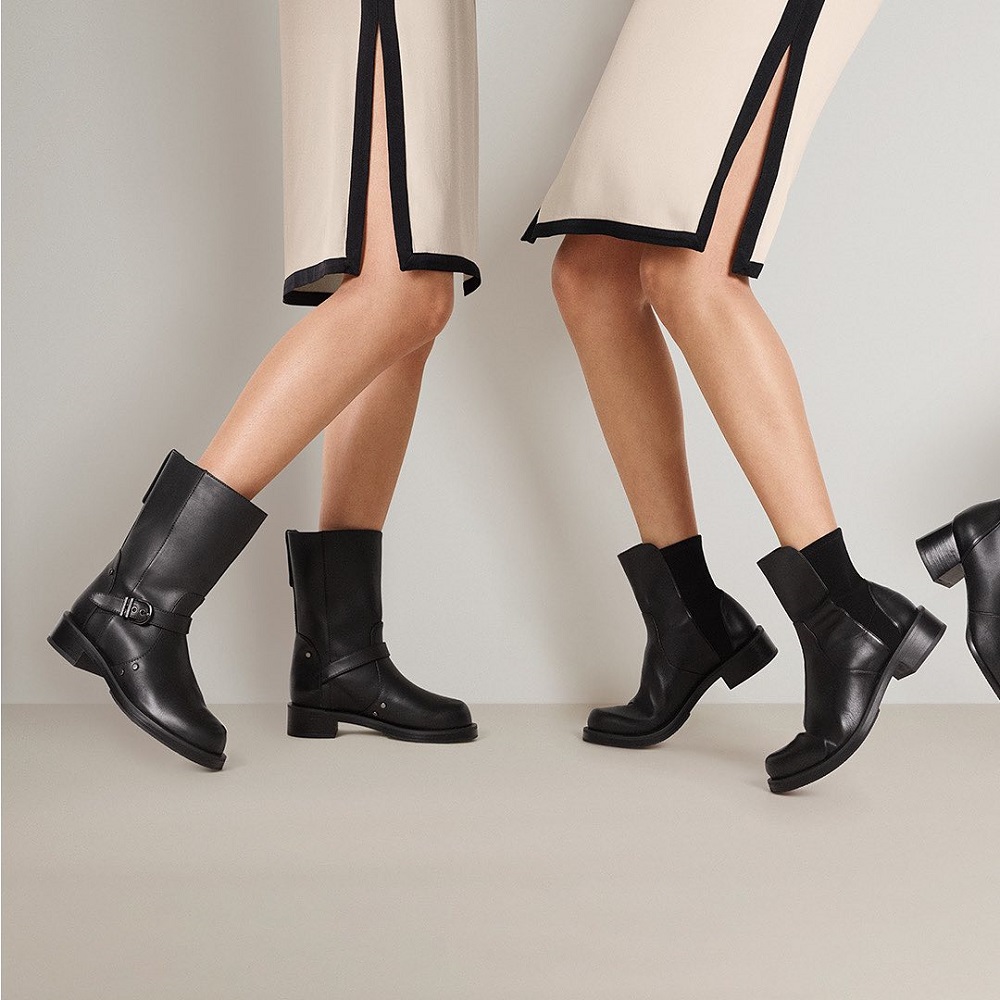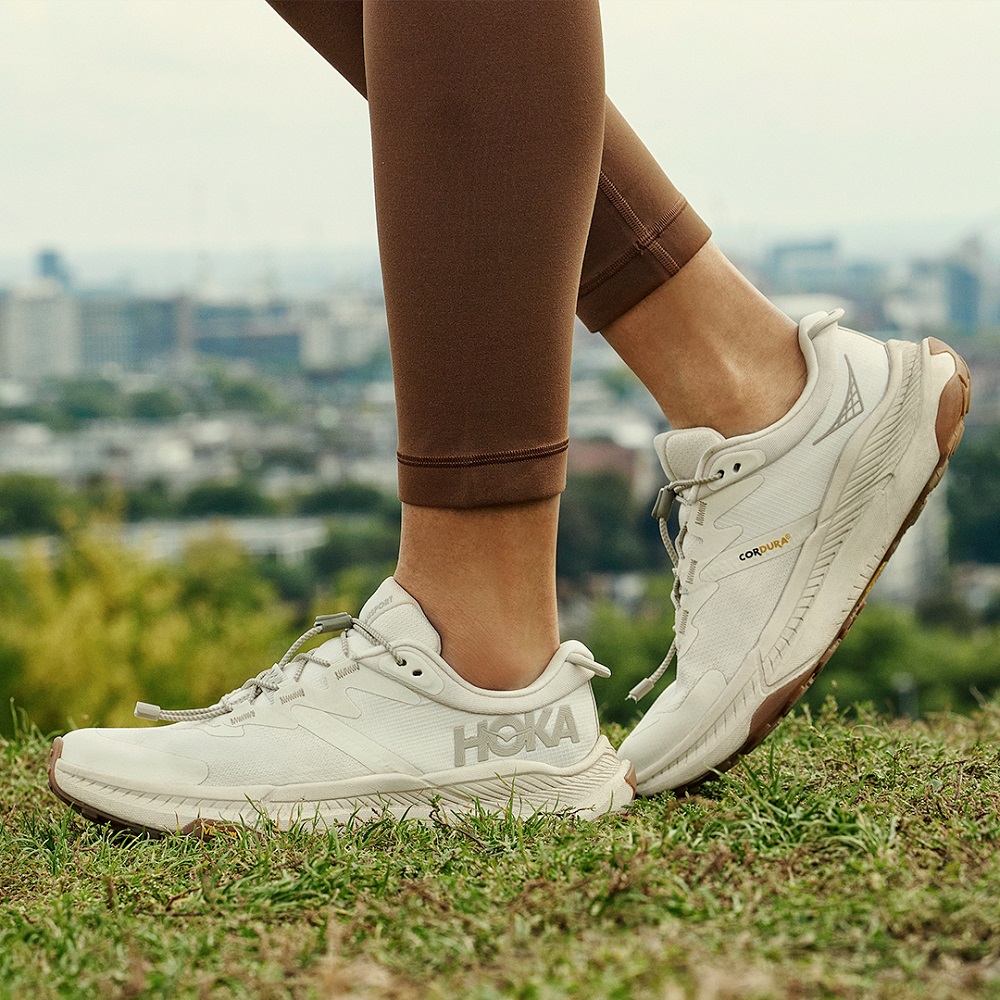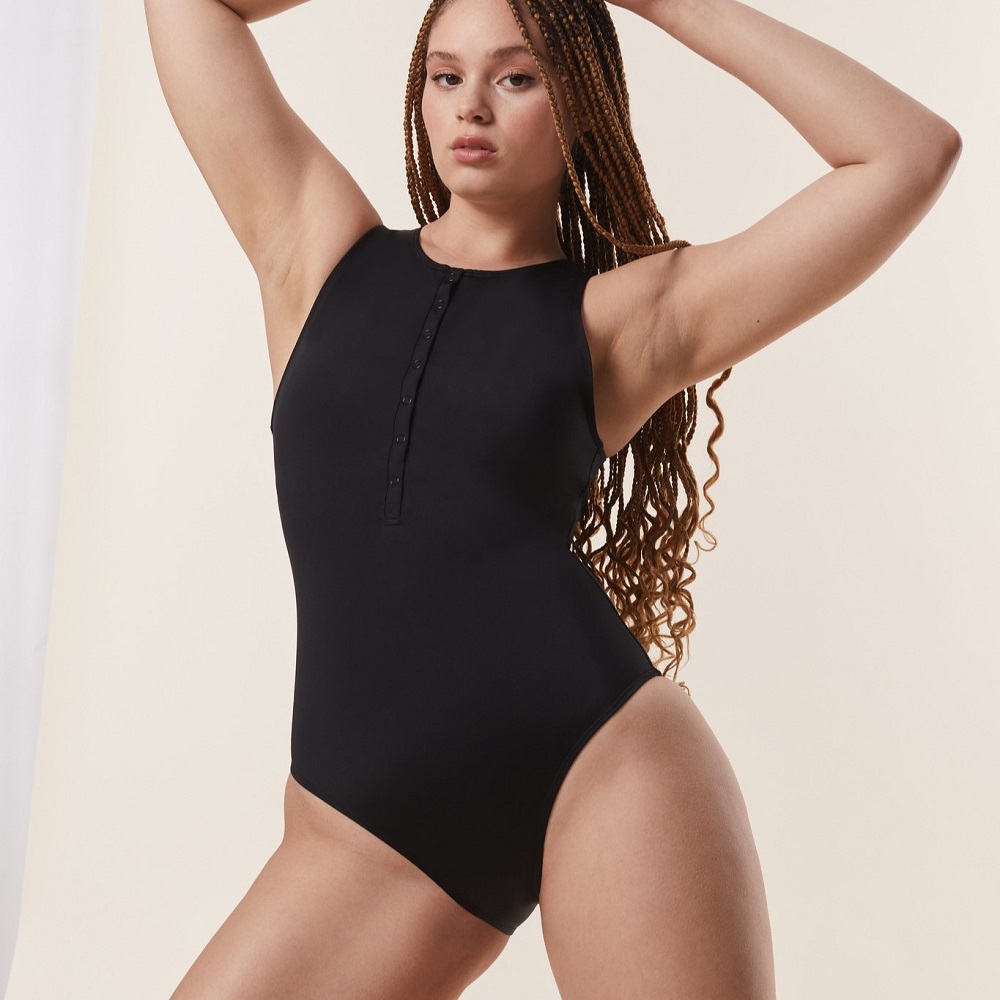Compression Socks Sizing: How to Choose the Right Fit for Maximum Benefits
Table of Contents
As someone who has been wearing compression socks for a while, I understand the importance of getting the right size. Compression socks are designed to help improve blood flow and reduce swelling in the legs, but if they don’t fit properly, they can actually do more harm than good. That’s why it’s crucial to know how to properly measure your legs and choose the right size of compression socks.
When it comes to compression socks sizing, there are a few things to keep in mind. First and foremost, it’s important to measure your legs correctly. This typically involves taking measurements of your ankle, calf, and sometimes thigh, depending on the style of sock you’re looking for. Once you have these measurements, you can use a sizing chart to determine the appropriate size of compression socks for your needs.
It’s also important to consider the level of compression you need. Compression socks are available in a range of compression levels, from mild to extra-firm. The level of compression you need will depend on your individual needs and health concerns. For example, someone with mild swelling may only need a mild level of compression, while someone with more severe swelling or varicose veins may require a higher level of compression.
Why Sizing is Important
As someone who has been wearing compression socks for a while, I can attest to the importance of getting the right size. Compression socks are designed to apply pressure to your feet, ankles, and legs, which helps improve blood flow and prevent blood from pooling in your veins. However, if the socks are too loose or too tight, they won’t be able to do their job effectively.
One of the main reasons why sizing is important is that it ensures that the socks are providing the right amount of pressure. If the socks are too loose, they won’t provide enough compression, and if they’re too tight, they can be uncomfortable and even restrict blood flow. Getting the right size is especially important if you’re wearing compression socks for medical reasons, as the wrong size can actually do more harm than good.
Another reason why sizing is important is that it affects the overall comfort of the socks. Compression socks should fit snugly, but not be so tight that they’re uncomfortable to wear. If the socks are too loose, they can bunch up and cause irritation or blisters, while socks that are too tight can dig into your skin and cause discomfort.
When it comes to sizing compression socks, it’s important to take accurate measurements of your legs. This typically involves measuring the circumference of your ankle, calf, and sometimes thigh, as well as your foot length. Most manufacturers provide sizing charts that can help you determine the right size based on your measurements.
It’s also important to keep in mind that different brands and styles of compression socks may fit differently, so it’s always a good idea to try on a few different options before making a purchase. Some brands also offer different levels of compression, so you’ll want to make sure you’re choosing the right level for your needs.
How to Measure Your Feet and Legs
Measuring the Foot
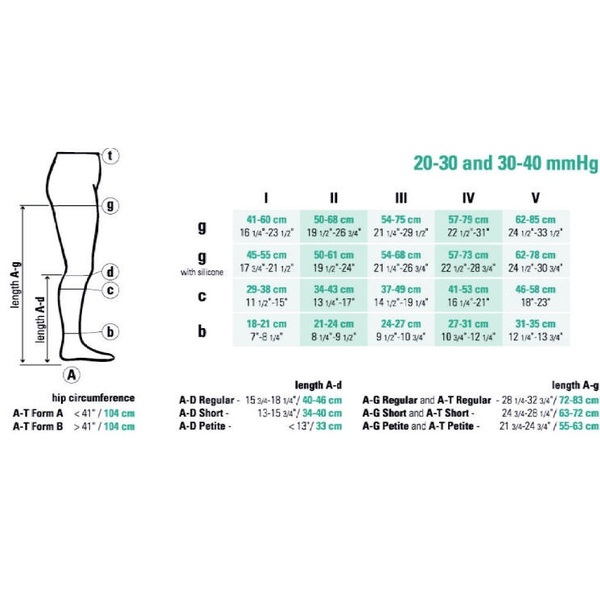
To measure your foot, place it on a piece of paper and trace around it with a pencil. Then, measure the length of your foot from the tip of your longest toe to the back of your heel. Make sure to measure both feet, as one foot may be slightly larger than the other.
Measuring the Ankle
To measure your ankle, wrap a flexible measuring tape around the narrowest part of your ankle, just above the ankle bone. Make sure the tape is snug but not too tight. Record the measurement in inches.
Measuring the Calf
To measure your calf, sit in a chair with your legs at a 90-degree angle and your feet flat on the floor. Wrap the measuring tape around the widest part of your calf, taking care not to pull too tightly. Record the measurement in inches. It’s important to measure your feet and legs accurately to ensure that your compression socks fit properly. Ill-fitting compression socks can cause discomfort and may not provide the intended benefits. By following these simple steps, you can ensure that you get the right size and fit for your compression socks.
Finding the Right Compression Level
When it comes to compression socks, finding the right level of compression is crucial. Compression levels are measured in millimeters of mercury (mmHg), which refers to the amount of pressure the sock applies to your legs. The right level of compression will depend on your specific needs and medical conditions.
If you’re looking for compression socks for athletic purposes, a lower level of compression may be appropriate. According to Muscle & Fitness, athletic compression socks typically range from 15-20 mmHg, which provides support to the lower leg and helps with venous return and recovery.
For medical purposes, a higher level of compression may be necessary. According to Sigvaris, compression levels for medical purposes can range from 20-40 mmHg or higher, depending on the severity of the condition.
It’s important to note that compression socks should be worn based on the recommendation of a healthcare professional. They can help determine the appropriate level of compression and ensure that the socks fit properly.
When purchasing compression socks, be sure to check the label for the compression level. If you’re unsure of what level is right for you, consult with a healthcare professional or refer to a sizing chart provided by the manufacturer.
Choosing the Right Style of Compression Socks
When it comes to finding the right compression socks, it’s important to choose the right style for your needs. There are a few different styles to consider:
- Knee-high: These socks come up to just below the knee and are a popular choice for athletes and runners.
- Thigh-high: These socks come up to the thigh and are often recommended for those with circulation issues in the legs.
- Full-length: These socks cover the entire leg and are often recommended for those with more severe circulation issues.
- Ankle: These socks are shorter and only cover the ankle and foot. They are often recommended for those with mild swelling or varicose veins.
When choosing the right style of compression socks, it’s important to consider your specific needs and the severity of your condition. For example, if you’re an athlete looking for compression socks to wear during exercise, knee-high socks may be the best choice. However, if you have more severe circulation issues, full-length or thigh-high socks may be more appropriate.
It’s also important to consider the fit of the compression socks. A proper fit is crucial for the socks to be effective. Make sure to measure your legs and follow the sizing chart provided by the manufacturer. If you’re in between sizes, it’s best to size up rather than down to ensure a comfortable fit.
Overall, choosing the right style of compression socks is an important step in finding relief from circulation issues. Whether you’re an athlete or dealing with a medical condition, there’s a style of compression sock out there that can help improve your circulation and reduce swelling and discomfort.
Tips for a Comfortable Fit
When it comes to compression socks, getting the right fit is crucial for both effectiveness and comfort. Here are some tips to help you achieve a comfortable fit:
- Measure your ankle and calf: Use a tape measure to measure the circumference of your ankle and calf. Use these measurements to find the right size compression sock for you.
- Choose the right compression level: Compression socks come in different levels of compression, ranging from mild to extra firm. Choose the level that is appropriate for your needs and comfort level.
- Don’t size up: Compression socks should fit snugly, but not be too tight. Avoid sizing up, as this can cause the socks to bunch or wrinkle, which can be uncomfortable and reduce effectiveness.
- Put them on correctly: Make sure to put your compression socks on correctly. Start by turning the sock inside out, and then pulling it up over your foot and calf. Smooth out any wrinkles or bunching as you go.
- Replace them when necessary: Compression socks can lose their effectiveness over time, so it’s important to replace them when needed. Look for signs of wear and tear, such as holes or stretched out elastic.
By following these tips, you can ensure a comfortable fit for your compression socks, which will help you get the most out of their benefits.
Conclusion
After researching and analyzing various sources, I have learned that compression socks sizing is crucial for their effectiveness. Wearing the wrong size can lead to discomfort, poor circulation, and reduced benefits. Therefore, it is essential to measure your legs accurately and consult a size chart before purchasing compression socks.
When measuring your legs, make sure to use a flexible tape measure and follow the instructions carefully. Measure your ankle, calf, and thigh circumference, as well as the length of your legs. Then, compare your measurements to the size chart provided by the manufacturer or retailer. Keep in mind that different brands may have slightly different sizing standards, so it’s best to check each time you buy new compression socks.
Another important factor to consider when choosing compression socks is the compression level. Depending on your needs and medical conditions, you may require different levels of pressure, ranging from mild to firm. Consult with your doctor or healthcare provider to determine the appropriate compression level for you.
Additionally, there are various styles and designs of compression socks available, such as knee-high, thigh-high, and pantyhose. Choose the style that suits your comfort, activity level, and fashion preferences. Some compression socks also come with additional features, such as moisture-wicking, antimicrobial, and odor-resistant properties.
Overall, wearing properly sized compression socks can provide numerous benefits, such as reducing swelling, improving circulation, preventing blood clots, and alleviating pain and fatigue. However, it’s crucial to choose the right size, compression level, and style for your individual needs and preferences. By following the guidelines and tips provided in this article, you can ensure that you get the most out of your compression socks and enjoy a healthier and more comfortable lifestyle.
